60*80 cm Teflon Coating Sandwich Bread Pans / Trays
Technicial Specifications
| These pans are compatible with 80 x 100 cm pan trolleys. |
| Pans are produced from specially alloyed, certified teflon coating metals suitable for food production. |
| Aluminum metal thickness is 1,5 mm. |
The Essential Guide to Sandwich Bread Pans: Choosing the Perfect Pan for Your Baking Needs
When it comes to baking homemade sandwich bread, the right pan can make all the difference in achieving that perfect loaf. With various materials, sizes, and features available, choosing the ideal sandwich bread pan can seem daunting. In this comprehensive guide, we’ll delve into everything you need to know about sandwich bread pans to help you make an informed decision for your baking adventures.
1. Material Matters
Teflon coating Sandwich bread pans are commonly made from aluminum, stainless steel, non-stick coated steel, or silicone. Each material offers distinct advantages:
- Aluminum: Known for its excellent heat conductivity, aluminum pans promote even baking and produce beautifully golden crusts. They’re lightweight and often come with a non-stick coating for easy release.
- Stainless Steel: Durable and resistant to rust, stainless steel pans are favored for their longevity. They may not conduct heat as efficiently as aluminum, but they’re known for their sturdiness and dishwasher-safe properties.
- Non-stick Coated Steel: These pans feature a non-stick coating that prevents the bread from sticking, making for effortless release and easy cleaning. They’re often more budget-friendly than other options.
- Silicone: Flexible and non-stick, silicone pans are a breeze to clean and offer the added benefit of being microwave and freezer safe. However, they may not produce as crispy a crust as metal pans.
2. Size and Shape
Teflon coating Sandwich bread pans come in various sizes to accommodate different loaf dimensions. The most common size for sandwich bread pans is around 9 x 5 inches or 8.5 x 4.5 inches, but you can also find larger or smaller options to suit your preferences.
As for shape, rectangular pans are the standard choice for sandwich bread, but square, oval, and round pans are also available if you prefer a different look for your loaves.
3. Depth and Capacity
The depth of the pan will determine the height of your loaf. Most sandwich bread pans have a depth of around 2.5 to 3.5 inches, allowing ample room for the dough to rise and expand during baking. Consider the desired size and thickness of your loaves when choosing the depth of the pan.
4. Additional Features
- Handles: Some sandwich bread pans come with handles for easy maneuverability in and out of the oven. This feature can be especially helpful when dealing with hot pans or heavy loaves.
- Perforations: Certain pans feature perforations on the bottom to promote better air circulation and even baking. This can result in a more uniformly browned crust and a lighter texture inside the loaf.
- Foldable Sides: Pans with foldable sides allow for easy removal of the baked bread without the risk of damaging the crust. Simply unfold the sides to release the loaf effortlessly.
5. Maintenance and Care
Depending on the material and coating of the pan, maintenance requirements may vary. Non-stick pans are typically easy to clean with mild soap and water, while some metal pans may require seasoning or hand washing to maintain their non-stick properties. Be sure to follow the manufacturer’s instructions for care and maintenance to prolong the lifespan of your sandwich bread pan.
6. Price Range
Teflon coating Sandwich bread pans are available in a wide price range to suit every budget. Basic aluminum or non-stick coated steel pans are generally more affordable, while silicone or high-quality stainless steel pans may come with a higher price tag. Consider your baking frequency and preferences when deciding on the best option within your budget.
7. Choosing a Reputable Brand
When shopping for sandwich bread pans, opt for reputable brands known for their quality bakeware. Reading reviews from other users can also provide valuable insights into the performance and durability of specific pans.





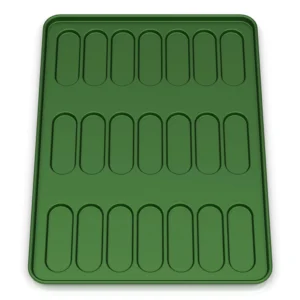

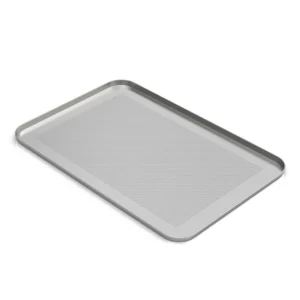



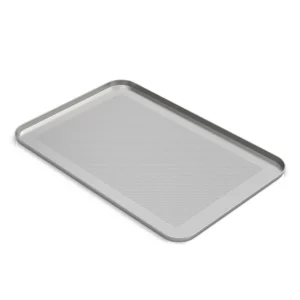




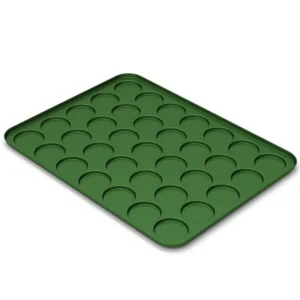
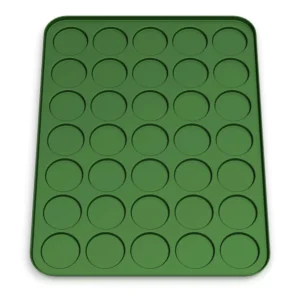
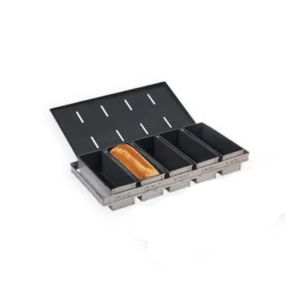
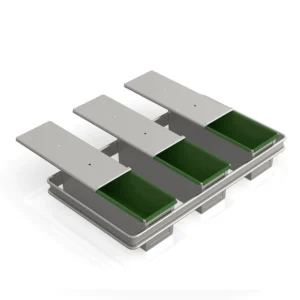
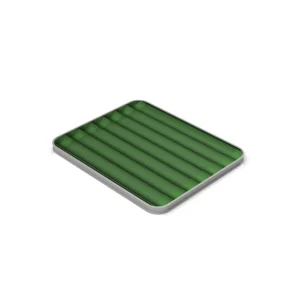
Reviews
There are no reviews yet.